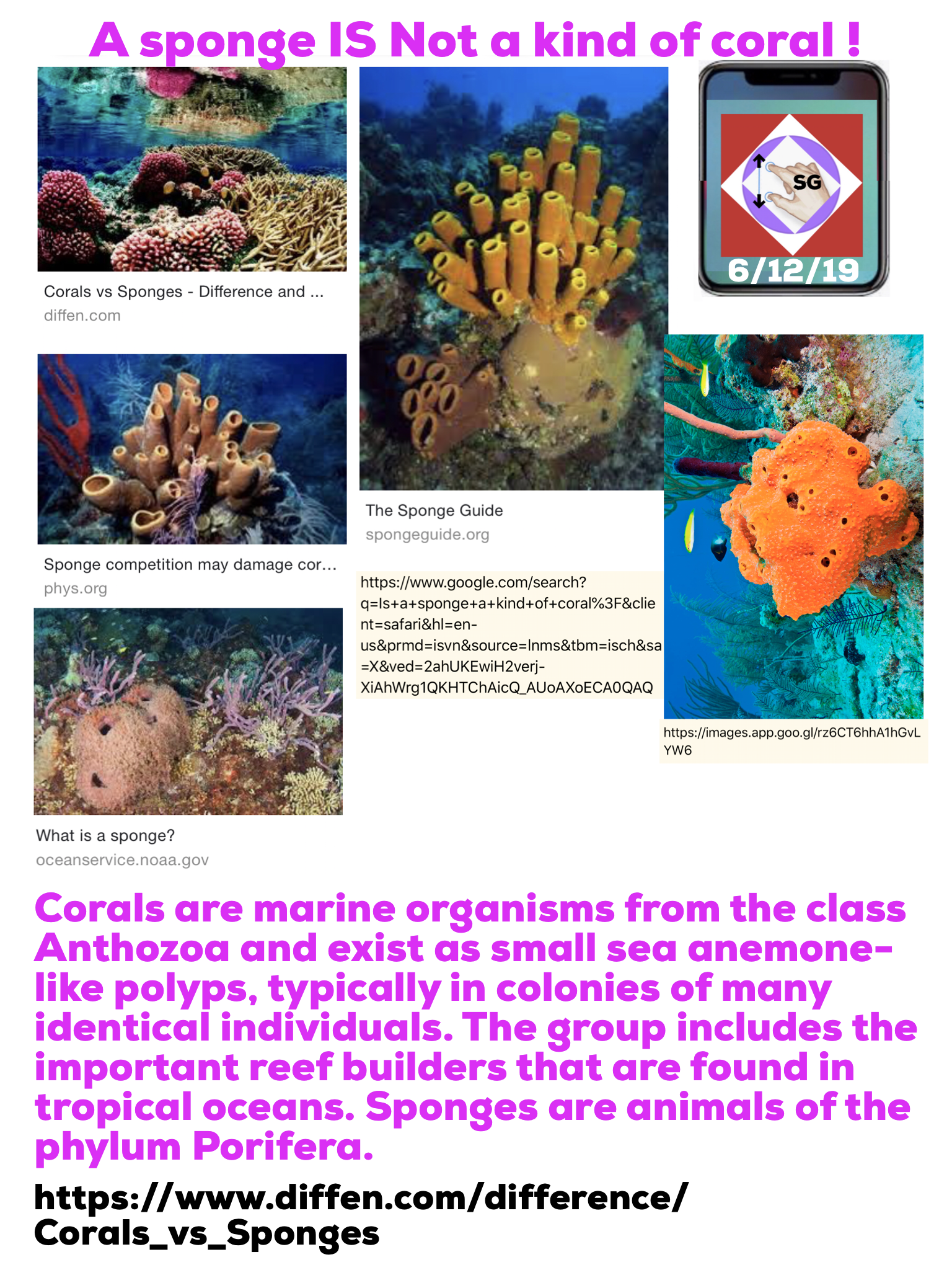The sponge inhabits the colony and represents the level of differentiation that has not reached the level of differentiation of the actual tissue. Their most common form of growth is a few millimeters thick deposits on the surface of an underwater object. Five Facts About Sponges Early fossil records show that sponges inhabited Earth about 600 million years ago. Some deep-sea sponges are more than 200 years old. The sponge is a master filter. They can filter 100,000 times more water every day! In other words, a.More. All sponges are part of the animal kingdom and belong to the Porifera, a taxonomic phylum of more than 500 genera and 5,000 to 10,000 species. All sponges are aquatic animals, most of which live in saltwater environments. Incredible animals: the facts of four sponges!
opentextbc.ca Изображение: opentextbc.ca Unlike other animals, sponges have no organ system, tissue, complex cellular communication, and no body symmetry. Sponges form colonies in specific areas for mutual benefit. Sponge seeds must be within reach for sexual reproduction to occur.
What are the interesting facts about sponges?
Sponges are the only animals that can miraculously reconstruct and resurrect when broken down to the cellular level. These seemingly inanimate creatures are also great pumps, filtering tons of water and harvesting just a few ounces of fine food.
Is the sponge single-celled or multicellular?
In some respects, they are closer to cell colonies than multicellular organisms. More than 5,000 modern sponges are known and can be found to attach to the surface everywhere from the intertidal zone to a depth of 8,500 m.
How many kinds of sponges do you have?
Currently, about 10,000 species of sponges are known, and the gates are classified into three classes: Calcareous sponge or Demosponge, Hexactinellid or Demosponge, and Demosponge. , Mainly based on the type of skeleton. 2.
What is the relationship between bacteria and sponges?
Sponge-Microbial Association. There is an interrelationship between cyanobacteria and sponges. Cyanovateria provides nutrients to the sponge, which provides a shelter for bacteria. For example, sponges that live in the tropics rely heavily on cyanobacteria for their nutrient sources.
Is the sponge a colony or a multicellular?
Sponges are one of the simplest multicellular animals and are traditionally considered the oldest surviving animal clade. Similarities between choanocytes (defining the cell type of sponges) and choanoflagellates (single cells and colonial protists) have long suggested an evolutionary link between them. 2018
Which animals will colonize?
Small, functionally specialized sessile organisms, called cnidarian polyps and bryozoa zoos, can colonize and be modified for prey capture, feeding, and breeding. I have. Colonies of social insects (ants, bees, etc.) usually contain castes with different responsibilities.
Is the sponge a colonial protist?
Sponges are associated with the colonial protist Choanoflagellate. Choanoflagellate happens to be the closest protist ancestor. These early protists may have colonized shallow waters and co-existed until they could no longer survive as unicellular organisms.
Are sponges unicellular colonies?
Sponges are similar to other animals They are multicellular and heterotrophic, lack cell walls and produce sperm cells.

Below you will find two helpful answers on a similar topic. 👇
Are sponges multicellular or Colonial?What can a single sponge cell do?
